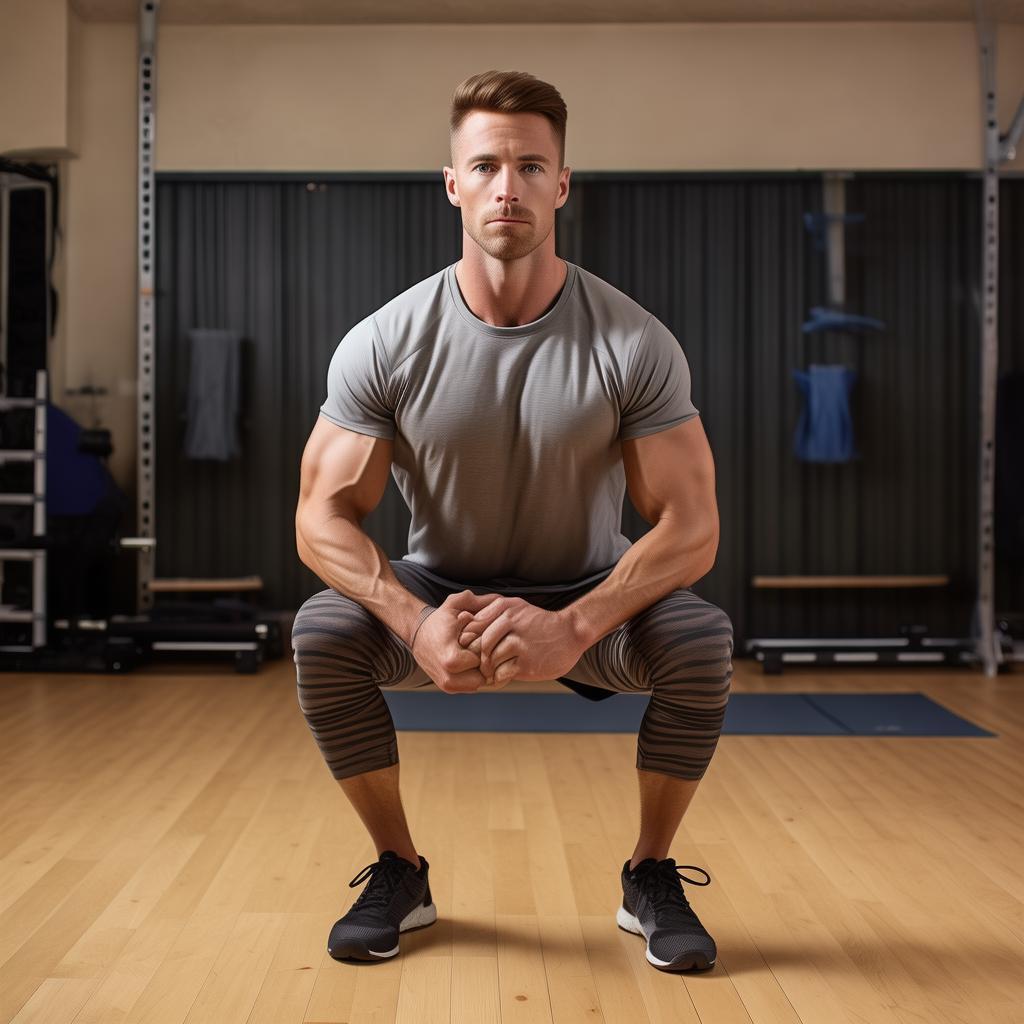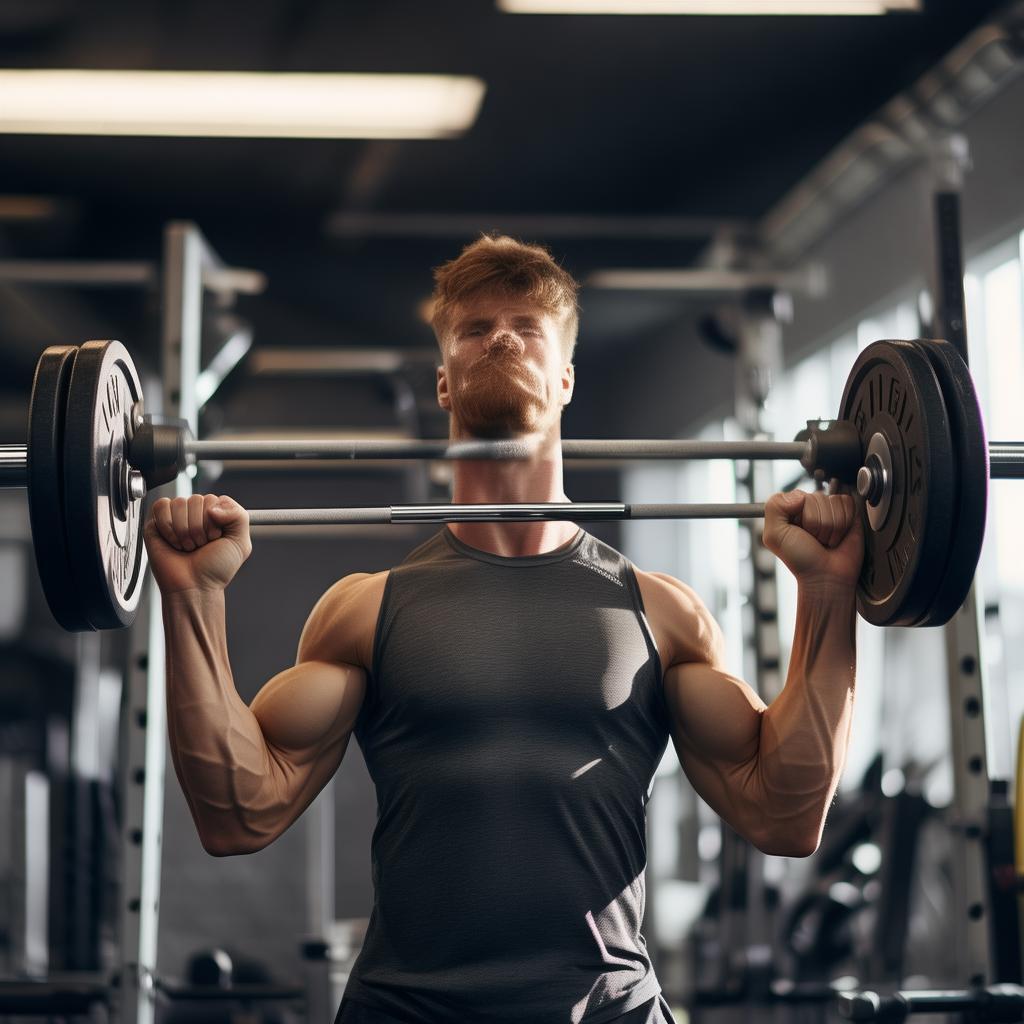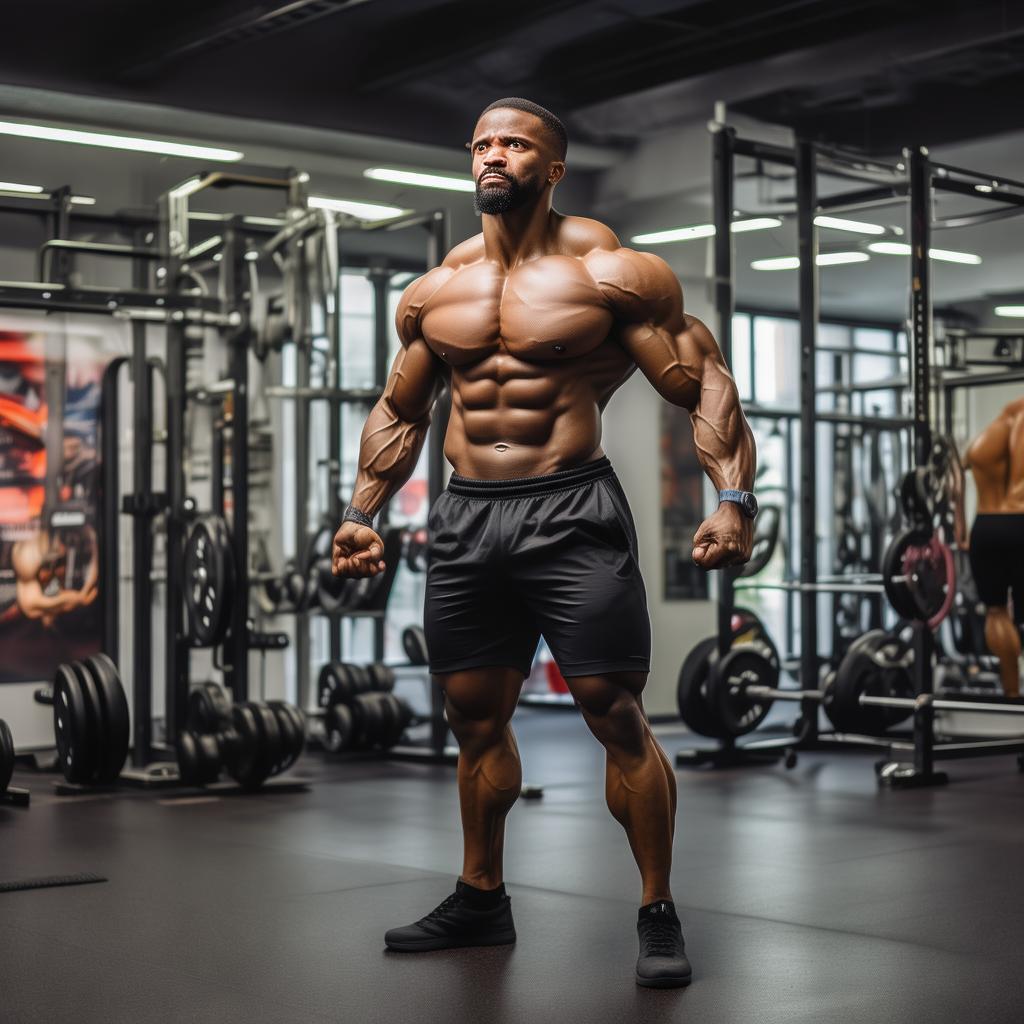Introduction
In the world of fitness, the squat, dead – lift, and bench – press are regarded as the “Three Kings of Strength.” While there is no conclusive answer as to which one is the best, incorrect execution of these exercises, especially the squat, can have a negative impact on one’s health. Here, we will summarize several common wrong actions in deep – squatting to help fitness enthusiasts pay attention during their training and correct any mistakes they may be making.
Mistake 1: Lack of Standing Stability
There are three main reasons for this. Firstly, for some people, their body structure may be a factor. For example, some fitness enthusiasts are born with uneven shoulders, and they have a habit of swaying from side to side while walking, which leads to an imbalance in force and instability. Secondly, poor muscle strength, especially a decrease in the strength of the core muscle group, is another cause of body imbalance. Finally, the choice of training equipment, especially shoes, matters. If the shoes are too big or too small, they can cause the body to sway or obstruct blood flow, resulting in a lack of standing stability. To address this, we should enhance muscle coordination training, strengthen the core muscle groups, buy shoes suitable for deep – squat training, practice on hard ground, and be highly focused during training.
Mistake 2: Lack of Enthusiasm When Lifting the Barbell
We all know that in deep – squat training, body stability determines the overall exercise effect. If we are not in the right mental state during training, being distracted, it will seemingly increase the weight we bear. This not only causes external damage to the body but also internal harm. So, in deep – squat training, we should lift our chests, tighten our waists and abdominal muscles, focus our attention, squeeze our shoulder blades back while holding the barbell, and tense our backs to maintain body stability.
Mistake 3: Asymmetrical Placement on the Oblique Muscles
During training, bodybuilders often focus more on the up – and – down movement of the barbell but neglect the position of the barbell on the oblique muscles. Details can determine success or failure. An uneven placement can lead to unequal left – and – right weights, causing uneven stress on the oblique muscles and resulting in problems such as uneven shoulders, which can seriously harm the body. Therefore, before exercising, pay attention to the grip position of the barbell to ensure left – and – right weight balance.
Mistake 4: Habitual Heel – Lifting
During the squatting process, some fitness enthusiasts habitually lift their heels under the force of squatting. This increases the pressure on the knees and lumbar spine, posing an injury risk. At the same time, it reduces the stimulation of the hamstrings on the back of the calf, decreasing their contraction force and significantly reducing the exercise effect. So, when squatting to the lowest point, keep both feet fully on the ground so that the center of gravity is at the center of the feet, which makes the body more stable and improves the exercise results.
Mistake 5: Knee Hyperextension or Internal Buckling
In deep – squat training, we often emphasize that the knees and toes should be in the same direction, and the knees should not exceed the toes or buckle inward. Otherwise, it will increase the impact on the knees during squatting, increasing the risk of knee injury. Also, when the knees hyperextend forward, it will cause the back spine to deviate from the neutral position, increasing the risk of lumbar spine injury and reducing hip participation. So, when doing a full – squat, instead of increasing the squat amplitude by moving the knees, we should stretch the hips to increase the body’s downward amplitude.
Fitness enthusiasts must keep these five mistakes in mind and avoid making them to ensure a safe and effective deep – squat training.





